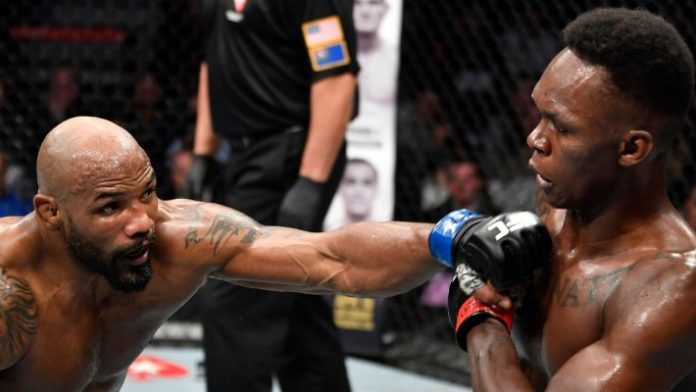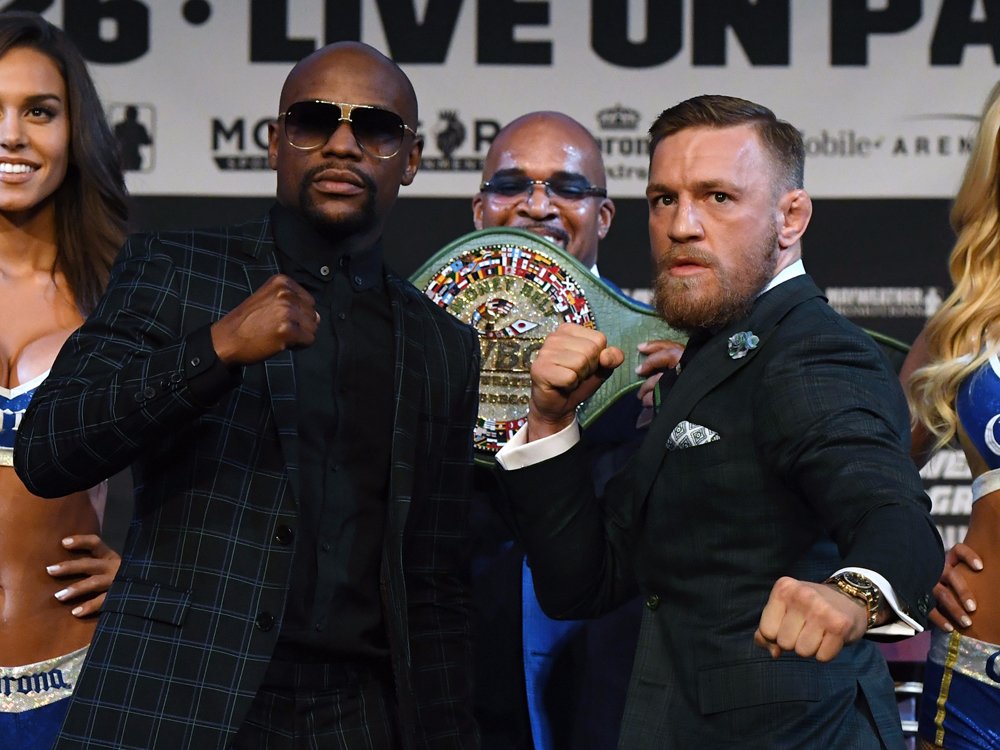
On March 8th, 2020, Israel Adesanya successfully defended his middleweight title against Yoel Romero in a highly-anticipated bout in Las Vegas. In the absence of the number-two ranked contender, Paulo Costa, who was unable to have his rightful shot at the belt following a bicep injury, the 42-year-old Cuban stepped up the plate at UFC 248 after being the reigning champion’s desired opponent.
However, the fight itself failed to match the expectations that many had for it. Romero was often subdued in his explosive attacks that have seen him become a star in the division throughout his career, while Adesanya fought tactically, with the New Zealander believing that his fellow fighter didn’t want to engage. While there was no escaping the displeasure from the crowd, it begs the question as to where the UFC goes from here in relation to enhancing viewer experiences.
Tactically Intriguing, but Not Easy on the Eye
When the announcement was made to book Adesanya against Romero, there was an unquestionable level of intrigue within the MMA community. The 30-year-old champion has, on paper, fought numerous stand-up fighters during his rise to the top of the middleweight division, including bouts against former belt holders, Anderson Silva and Robert Whittaker. However, because of Romero’s successful background in Olympic wrestling, many predicted this would be the New Zealander’s biggest test to date.
In reality, the fight flattered to deceive. Romero, who has now had three shots at the championship, threw just 89 strikes in 25 minutes and failed to successfully land any of his three takedown attempts. Adesanya, on the other hand, connected with 48 significant strikes, eight more than his title competitor, although 25 of those targeted the Cuban’s legs. There can be no doubts that Adesanya fought smartly against the typically-explosive Romero, but that doesn’t mean that viewers of the UFC won’t feel somewhat aggrieved given the timid nature of the bout.
What Can be Done?
Furthermore, prior to the headlining men’s middleweight fight in Las Vegas, viewers witnessed an all-action contest in the co-main event between Weili Zhang and Joanna Jedrzejczyk for the women’s strawweight title, which many believe will one day enter the company’s hall of fame.
Crucially, in situations such as these where main events fail to match the hype, the world of MMA needs to find a way to interest and involve fans in tactical contests in order to retain their viewership and maximize their pay-per-view sales. One possible way of doing so is through the development of live-scoring social platforms that unite the fighting community through real-time predictions, which is what Verdict have sought to bring to the MMA world.
While this could be used as a foundation, advancements in this field could also incorporate elements of the iGaming scene to ensure sustained viewer engagement by incentivizing participation. For example, in instances where the question of “why choose a virgin casino bonus?” arises, users are met with numerous offers, including non-deposit promotions and bonus money. If developed and integrated correctly, this approach could help to generate heightened interest in underwhelming MMA contests by rewarding spectators for their round-by-round scores and communal involvement.
A Need to Entertain
Much like other top-level sports companies, the UFC needs to both attract new audiences and retain their existing viewership if they are to reach new heights in the coming years. While Adesanya and Romero put on an intriguing tactical show that may have appealed to hardcore fans, the general community wished to see a competitive fight.
Ultimately, the UFC needs to entertain its fans and, because of that, they may need to embrace real-time technology that could enhance viewer experiences.



